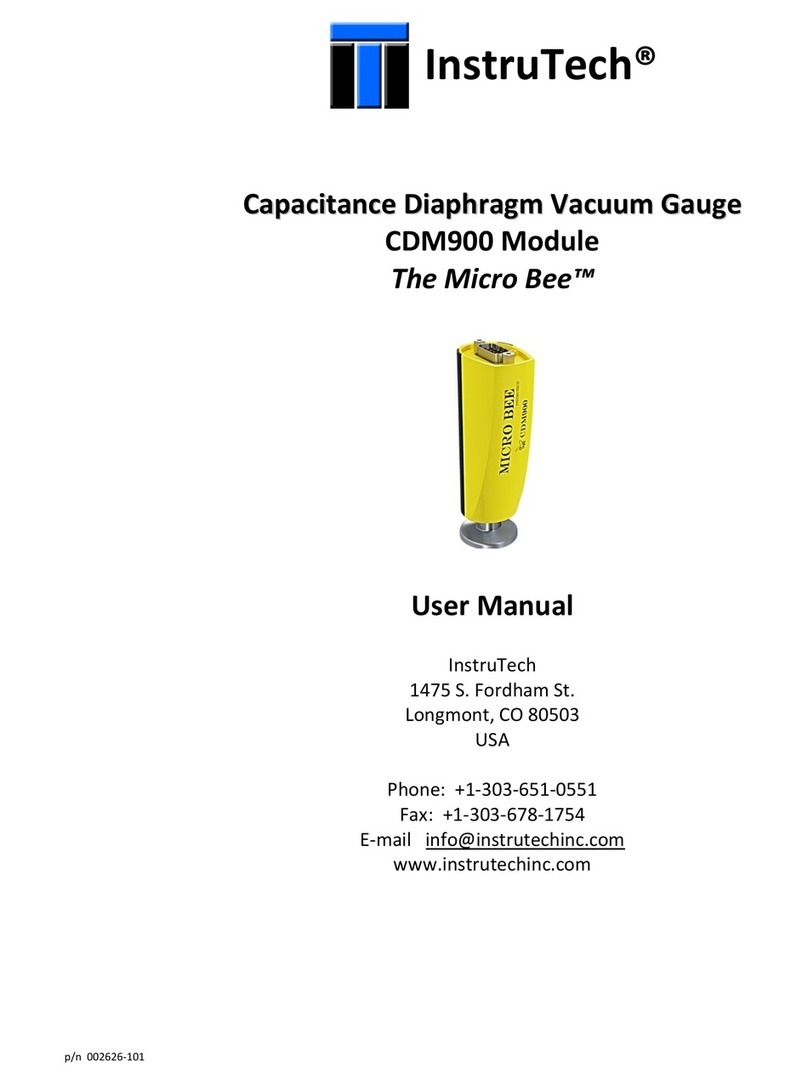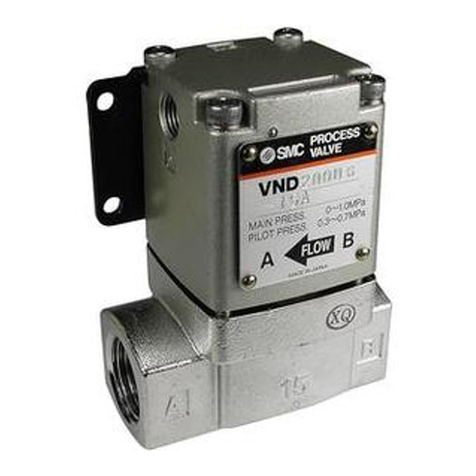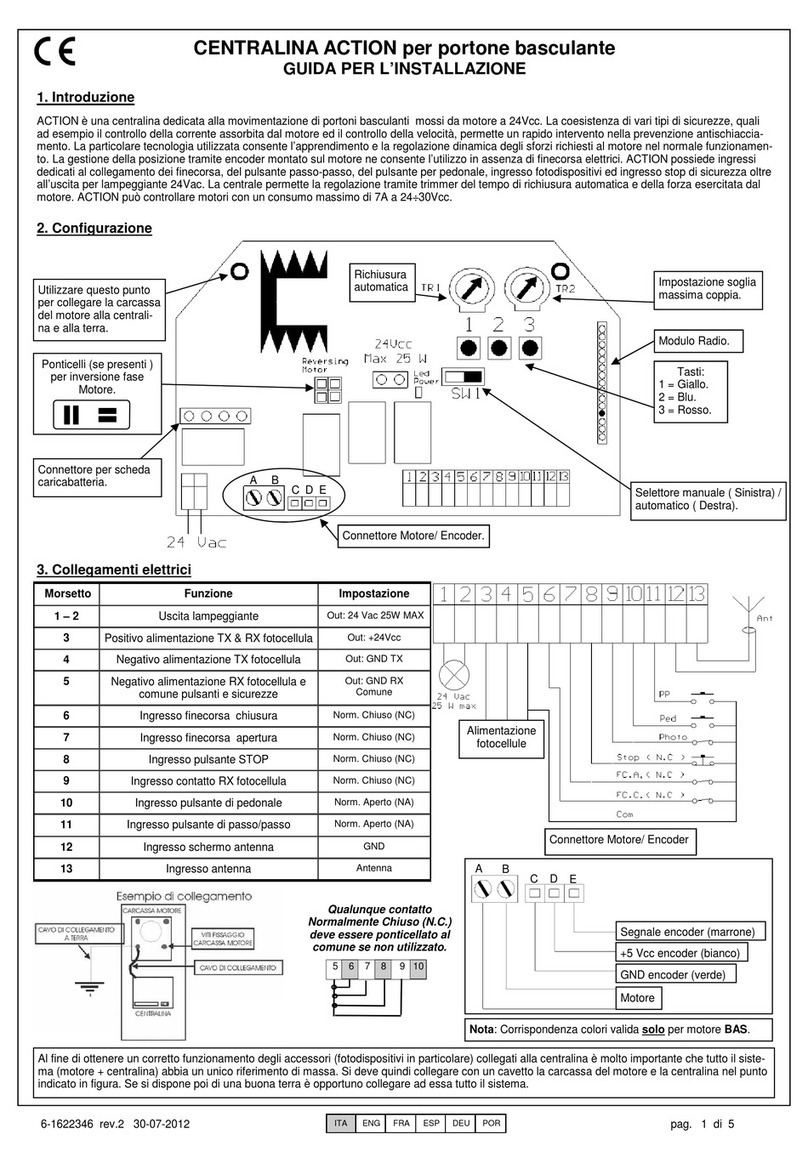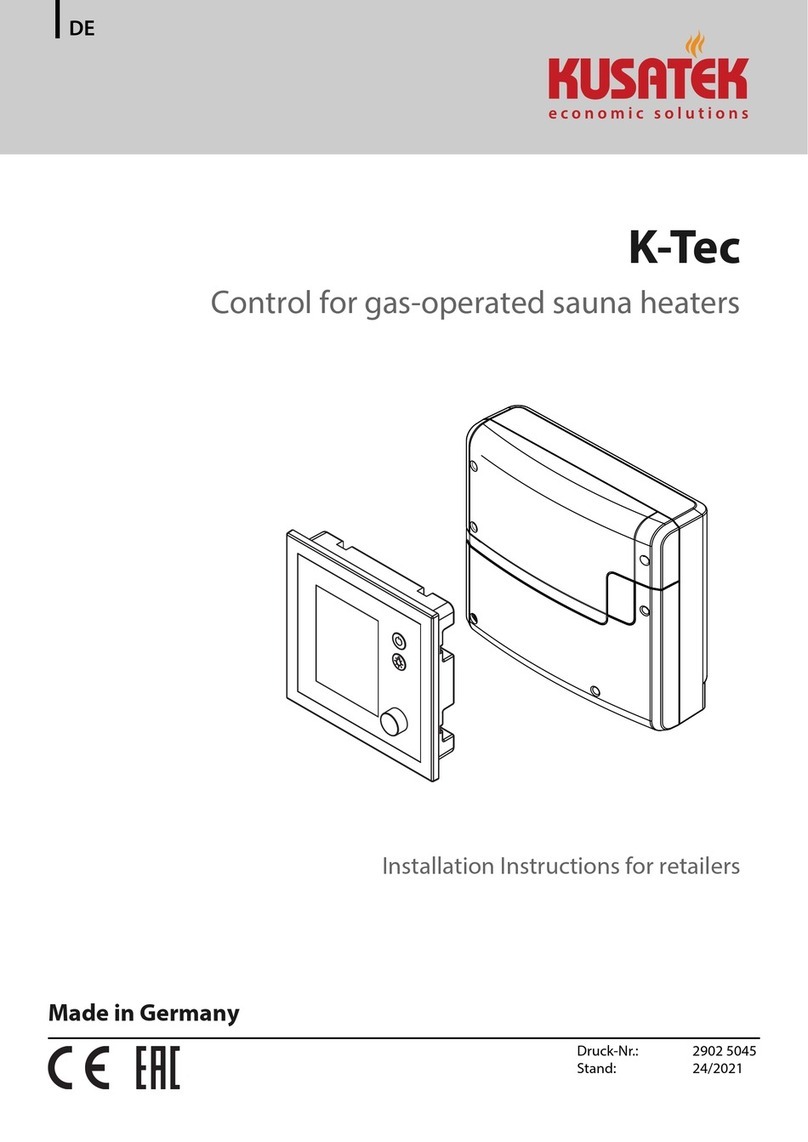SIMARINE SCQ25T User manual

S I M A R I N E ®
SCQ25T Digital Shunt and Tank Module
USER MANUAL
V2.0
EN
USER MANUAL

All rights reserved. No parts of this work may be reproduced in any form or by
any means - graphic, electronic, or mechanical, including photocopying,
recording, taping, or information storage and retrieval systems - without the
written permission of the publisher.
Products that are referred to in this document may be either trademarks and/or
registered trademarks of the respective owners. The publisher and the author
make no claim to these trademarks.
While every precaution has been taken in the preparation of this document, the
publisher and the author assume no responsibility for errors or omissions, or for
damages resulting from the use of information contained in this document or
from the use of programs and source code that may accompany it. In no event
shall the publisher and the author be liable for any loss of profit or any other
commercial damage caused or alleged to have been caused directly or indirectly
by this document.
SCQ25T Digital Shunt and Tank Module
© 2022 SIMARINE
EN
ENSCQ25T
Digital Shunt
and Tank
Module

EN
6. Troubleshooting
3
Table of Contents
1. Introduction ........................................................................... 5
2. Safety ..................................................................................... 7
3. Overview ................................................................................ 9
4. Installation ........................................................................... 11
4.1 Mounting ......................................................................................................... 12
4.2 Cables .............................................................................................................. 12
4.3 Connecting ..................................................................................................... 12
4.4 SCQ25T Connection ................................................................................... 13
5. Technical specifications ........................................................ 15
6. Troubleshooting ................................................................... 17
6.1 Shunt Sensors not visible .......................................................................... 18
6.2 Shunt/tank sensor is not visible on PICO ............................................ 18
6.3 Tank sensor is showing an empty tank ................................................ 18


Introduction
1

EN
1. Introduction
6
1. Introduction
The SCQ25T digital shunt module is Simarine’s most versatile module. It can
be used to measure voltages, currents, liquid levels
and temperatures.
SCQ25T has 4x 25 A integrated shunts, capable of measuring voltage up to
35 V DC and continuous current up to 25 A on
each shunt.
SCQ25T can measure temperature or liquid level such as water, fuel or any
other liquid. It comes with 4 integrated
resistance inputs operating from 0 ohm - 65 kohm and 3 integrated voltage
inputs, operating from 0 V - 32 V.
You can connect any tank or temperature sensor operating in this range.
SCQ25T also features a configurable alarm contact, which fires on specific
alarms. It can handle a maximum current 1A on maximum 30V DC. The alarm
is configurable via PICO’s device menu or PICO's mobile app menu.

Safety
2

EN
2. Safety
8
2. Safety
DISCLAIMER: Installation of Simarine electronics should be made by
electrical specialists with proper safety equipment. When working
with batteries you should wear protective clothing and eye protection.
CAUTION: Batteries contain acid, a corrosive, colorless liquid that will burn
your eyes, skin and clothing. Should the acid
come in contact with eyes, skin or clothing, wash the area with fresh water
for at least 15 minutes, and seek
medical support immediately.
CAUTION: Do NOT connect anything to a damaged battery. It could heat
up, catch fire or explode.
CAUTION: Lead-acid Batteries can generate explosive gases during
operation. Never smoke, allow flames or sparks near
the battery. Make sure to keep sufficient ventilation around the battery.
CAUTION: When working with a battery remove all personal metal items
like watches, rings, necklaces and bracelets.
Metal items in contact with the battery terminals might cause a short circuit
with a very high electric current, which may heat
up and melt nearby objects and cause severe burns.

Overview
3

EN
3. Overview
10
3. Overview
A - 4x shunt input
B - 4x shunt output
C - 1x Tank add-on: [4x resistance sensing input & 3x voltage sensing input]
D - 1x Alarm contact (optional and configurable via PICO menu or Simarine
App)
E -

Installation
4

EN
4. Installation
12
4. Installation
4.1 Mounting
CAUTION: Install the power unit in a clean and dry place protected from
accidental spilling of liquids.
Remove the shunt cover by unscrewing four screws on top of the cover.
4.2 Cables
CAUTION: Failure to observe the required cable cross-sections can damage
the shunt, wiring, or cause a fire.
SiCOM data cable:
·
For the SiCOM connection use the supplied cable. If not possible, use the
following table to determinate the right cable type.
Cable length
Cable type
< 5m
No limitations
>= 5m
2x2x0.25 mm2 twisted pair
(recommended)
4.3 Connecting
For proper functionality of Simarine's SCQ25T digital shunt and tank module
it is necessary to:
1. Connect SCQ25T to Simarine PICO via the SICOM port.
2. Connect consumers/generators minus or plus terminal through one
SCQ25T shunt. *
3. Connect any compatible tank or temperature sensors to SCQ25T via the
resistance or voltage input. **
4. Connect the alarm contact to execute specific operation on the alarm.
***
*Each correctly connected shunt needs to be configured. This is done via
PICO in an easy way. The configuration process is
described in PICO’s manual.

EN
4. Installation
13
** Each connected liquid or temperature sensor needs to be configured and
calibrated. This is done via PICO in an easy way.
The configuration and calibration process is described in Pico’s manual.
*** To activate the alarm contact it is necessary to configure it via PICO in
an easy way. The configuration process is described
in PICO’s manual.
4.4 SCQ25T Connection
Example of a PICO-Splitter-SCQ25T connection with voltage level
sensors/battery banks and resistance level sensors/temperature sensors.


Technical specifications
5

EN
5. Technical specifications
16
5. Technical specifications
SCQ25T
Operating
Voltage range
6 - 35 V
Temperature range
-20 – 70 °C (-4 – 158 °F)
Power consumption at 12V
Operating
2.5 mA
Current Measuring (per channel)
Range
0.01 - 25 A
Accuracy
0.6 %
Resolution
0.01 A
Sampling rate
100 ms
Maximal current
Continuous
25 A
Peak current (<1 min)
35 A
Voltage inputs
SCQ25T
4
SCQ25T (Tank Module)
3
Voltage measuring on any channel
Range
0 - 35 V
Resolution
1 mV
Accuracy
± 0.2 %
Sampling rate
10 ms
Resistance inputs
SCQ25T
4
SCQ25T (Tank Module)
4
Resistance measuring on any channel
Range
0 - 65 kOhm
Accuracy
± 0.1 %
Dimensions
SCQ25T
183 x 91 x 34 mm
7.20 x 3.58 x 1.33 in
Connectivity
Tank level sensors
up to 7
Temperature sensors
up to 4
SICOM port
2
Alarm contact
1

Troubleshooting
6

EN
6. Troubleshooting
18
6. Troubleshooting
6.1 Shunt Sensors not visible
If PICO is showing a wrong sign for current value, then check if the shunt is
correctly installed. This means that the consumers/generators minus
(optionally plus) terminal is connected to the IN terminal on the shunt.
If this is not the case, try to reinstall the shunt or simply switch the IN and
OUT terminal via the shunt configuration on PICO.
6.2 Shunt/tank sensor is not visible on PICO
If the shunt/tank sensor is not visible in PICO’s menu, check the following:
·
Is the SCQ25T properly connected via the SiCOM port to the PICO.
·
If you are using your own SiCOM cable make sure it has the right square
and is twisted.
6.3 Tank sensor is showing an empty tank
In case you installed the sensor for the first time, consider checking the
following:
·
Check if the tank sensor is covering the whole tank level.
·
If you are using a floating sensor, which is too short, it can happen that the
sensor is not detecting any liquid under a specific level.
·
Consider recalibrating the tank sensor.

Safe Voyage.
SIMARINE marine electronics
www.simarine.net
©2022 All rights reserved
Table of contents
Other SIMARINE Control Unit manuals
Popular Control Unit manuals by other brands
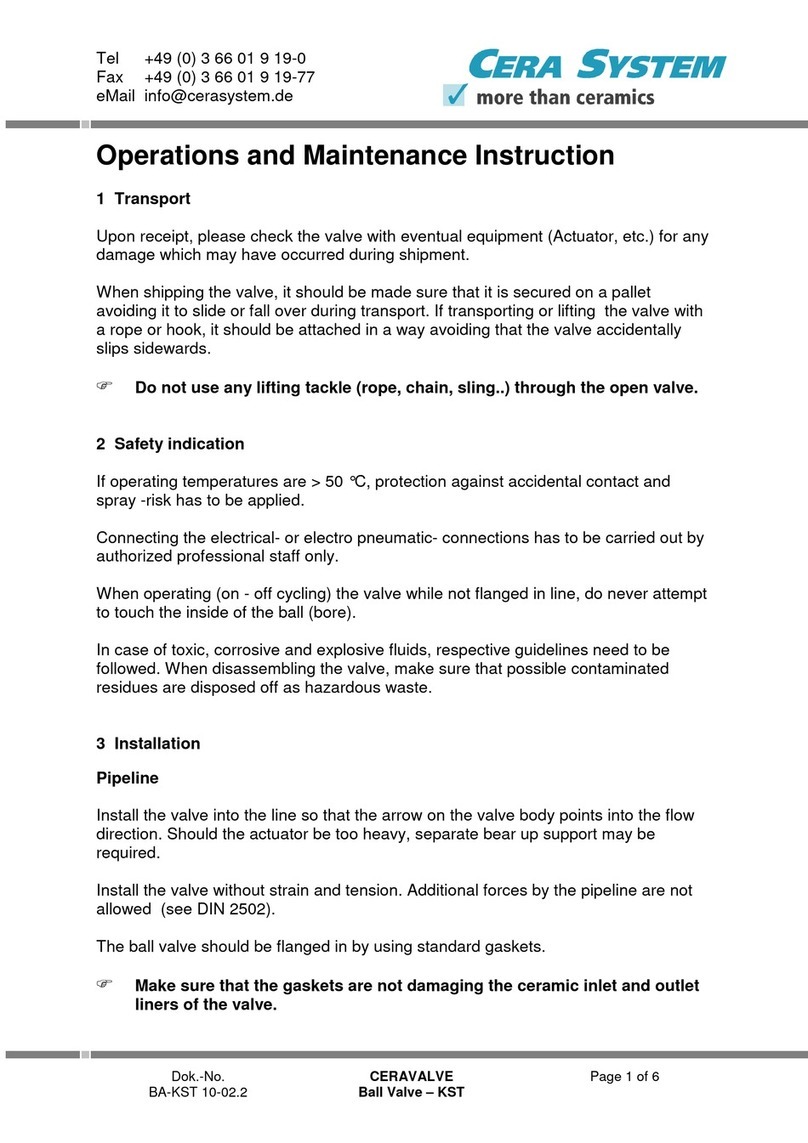
Cera System
Cera System CeraValve KST Series Operation and maintenance instructions
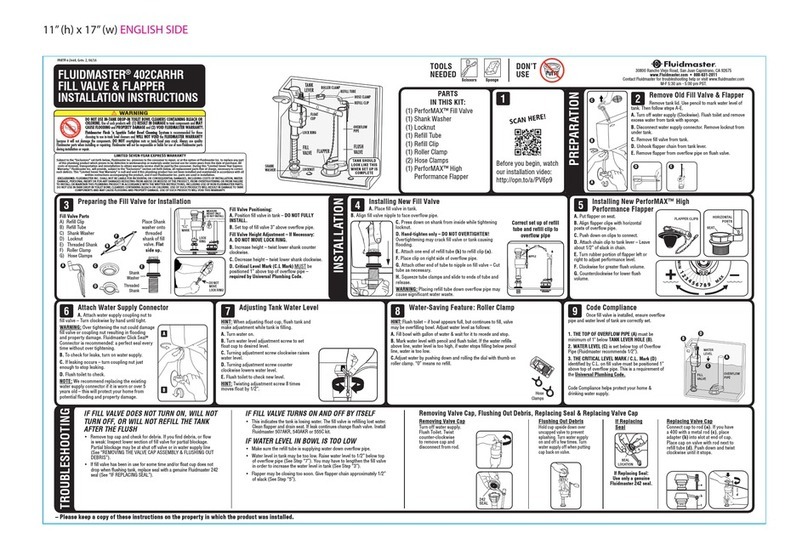
Fluidmaster
Fluidmaster 402CARHR installation instructions
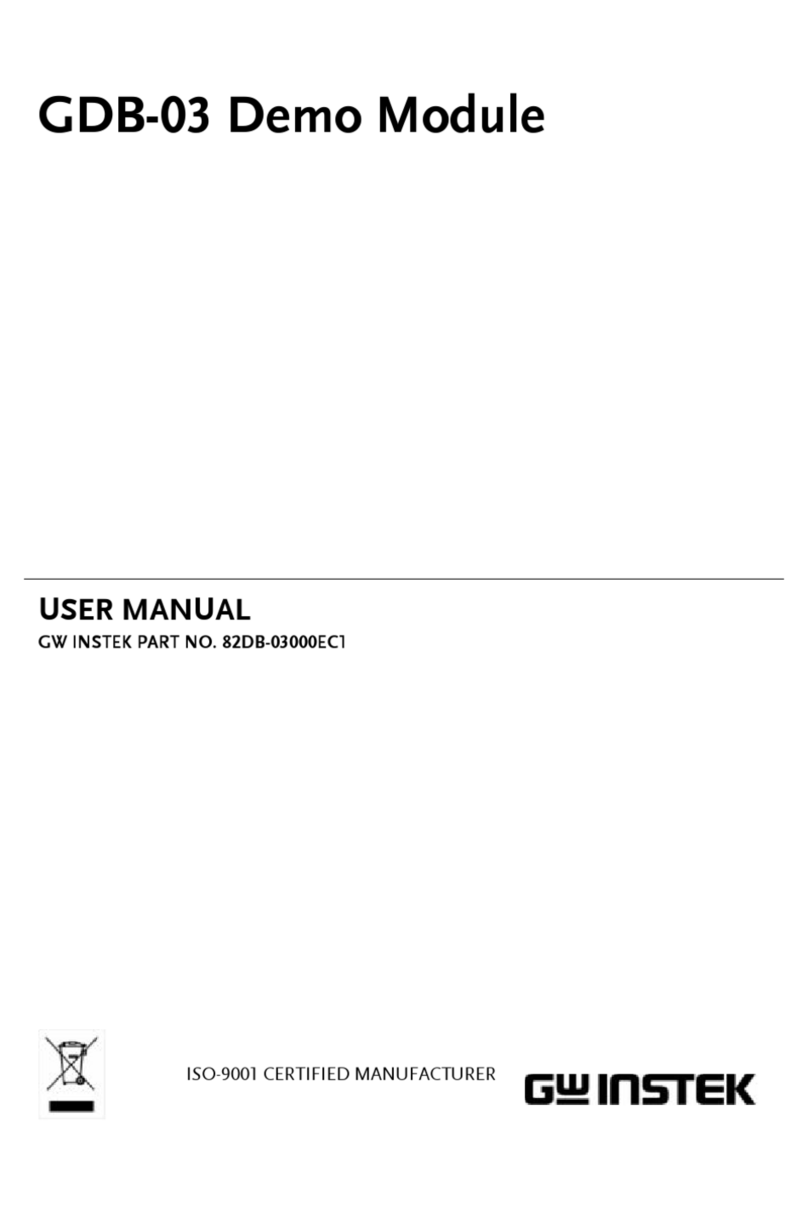
GW Instek
GW Instek GDB-03 user manual
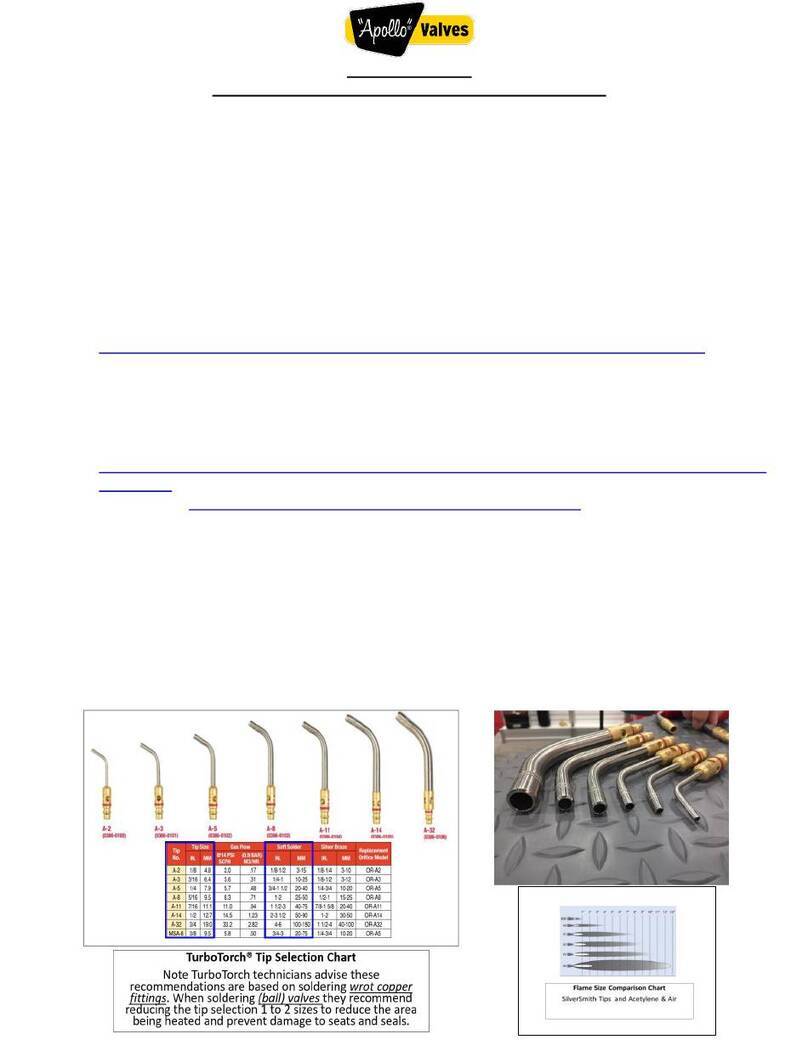
Apollo Valves
Apollo Valves 77F Guide
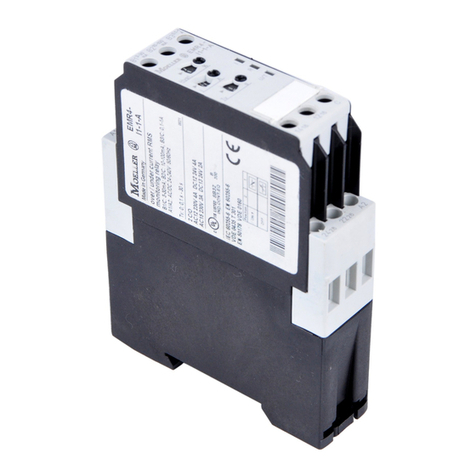
Moeller
Moeller EMR4-I1-1-A Operating and installation instructions
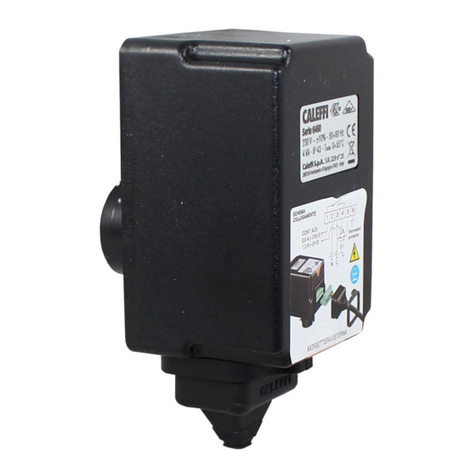
CALEFFI
CALEFFI 6460 Series manual
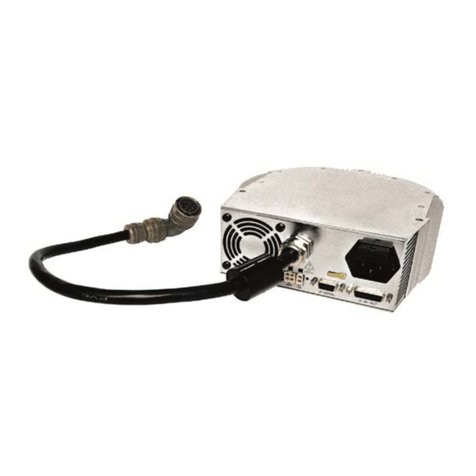
Agilent Technologies
Agilent Technologies TwisTorr Medium-TMP X3512-64016 user manual

WAREMA
WAREMA Omnexo Operating and installation instructions
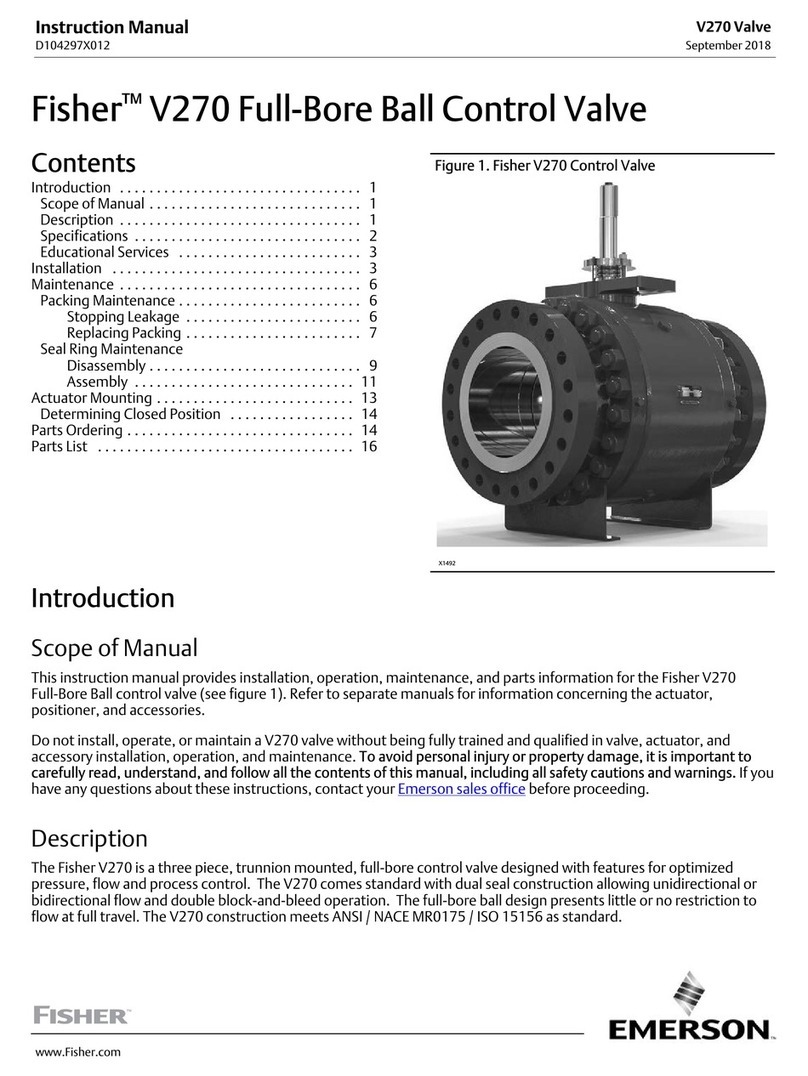
Emerson
Emerson Fisher V270 instruction manual
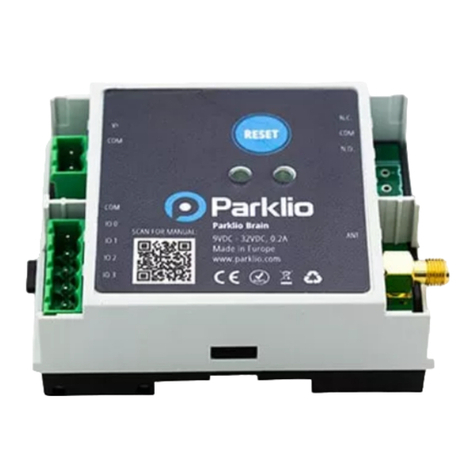
Parklio
Parklio Brain user manual
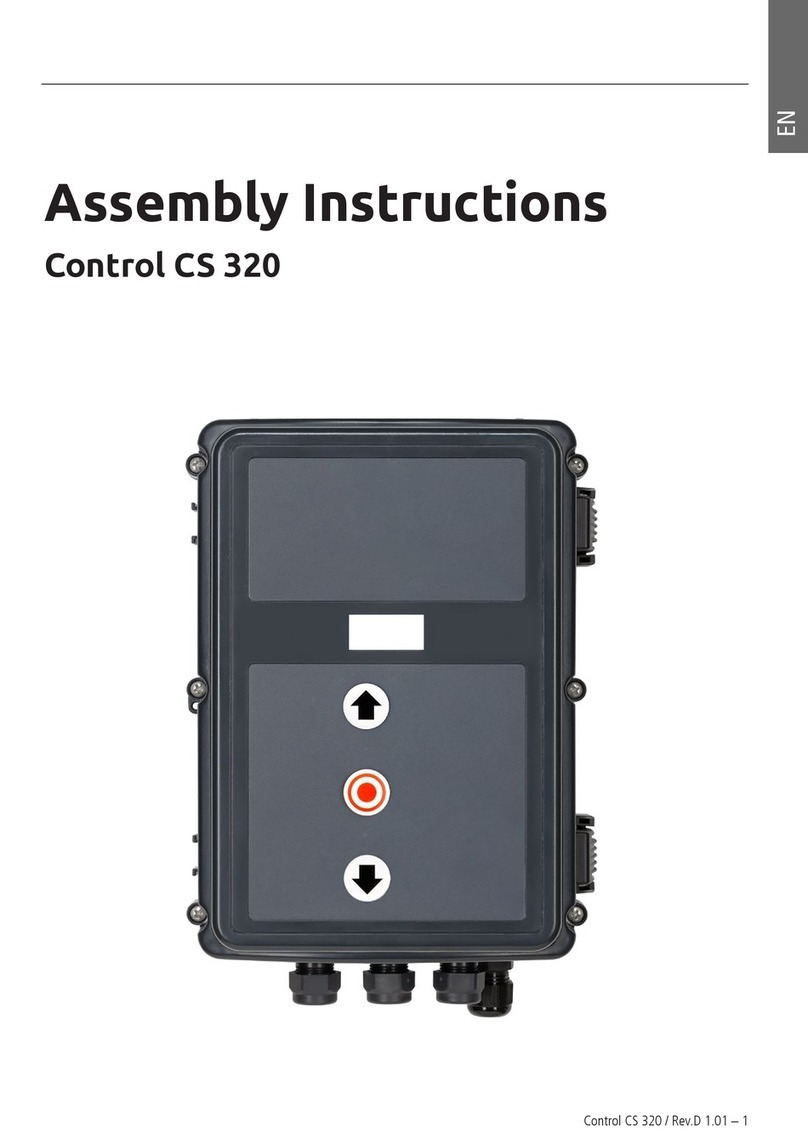
Link Controls
Link Controls CS 320 Assembly instructions
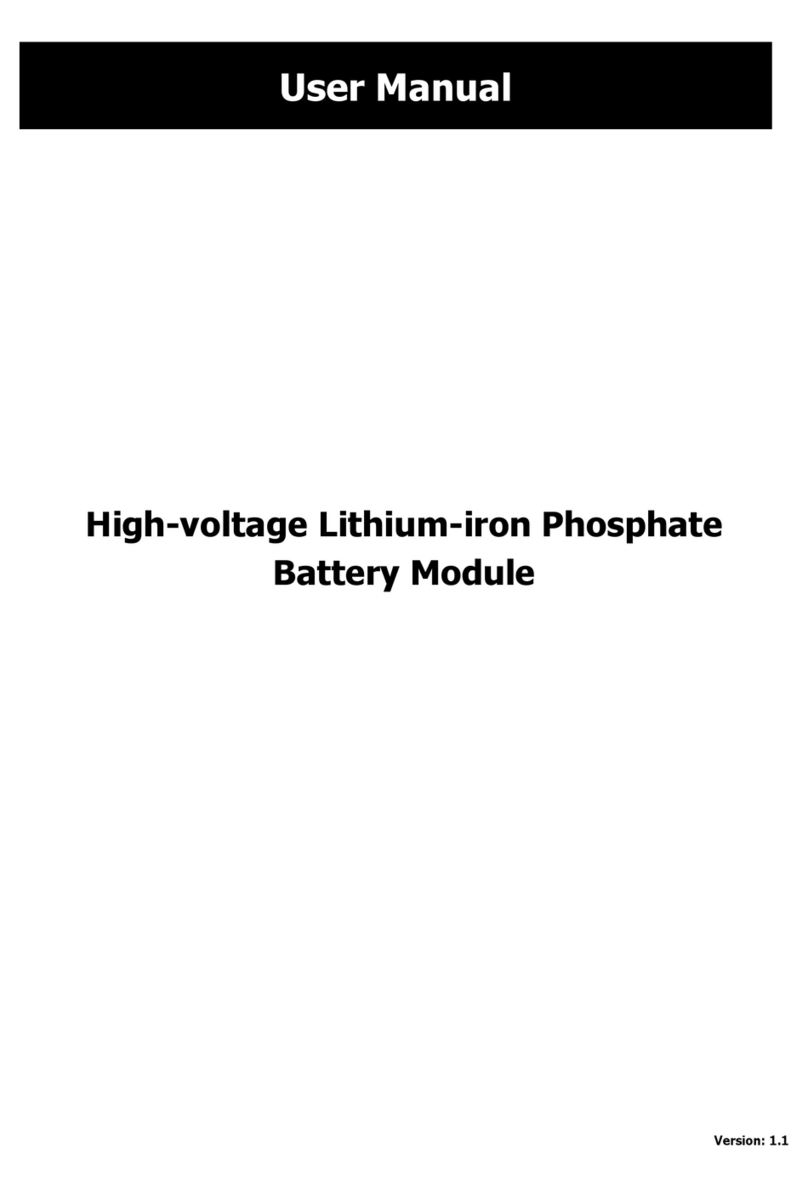
Voltacon
Voltacon EC205 user manual


